Flower Spacing Guide: Learn About Spacing Flowering Plants
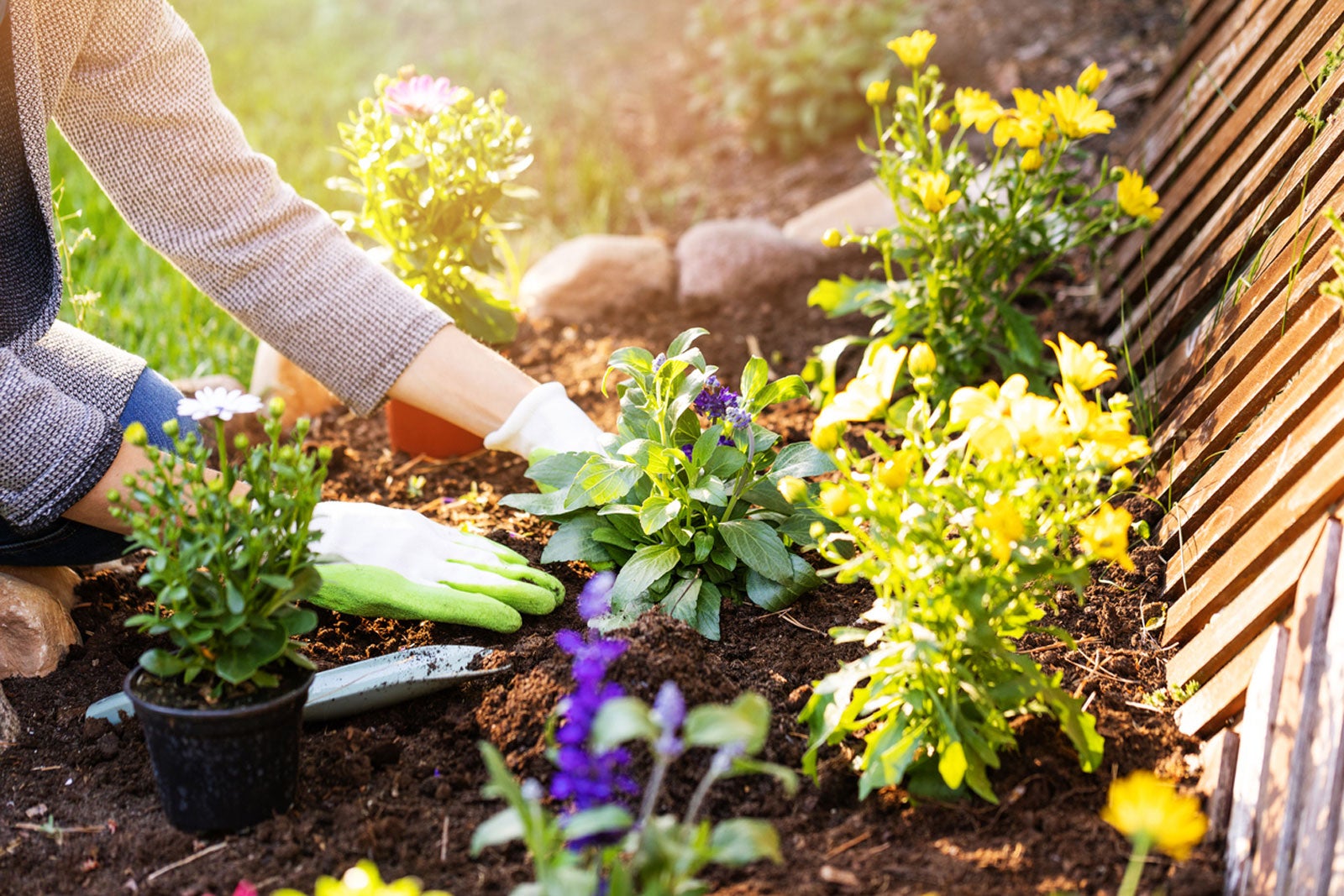

Understanding how to space your annual and perennial flowers is important for plant health and growth. Use this flower spacing information to guide your planting in garden and flower beds.
Flower Spacing Guide for Perennials
Perennials should come with information on spacing, which accounts for keeping plants healthy. Correctly spacing flowering plants will help reduce the risk of disease from poor air flow. Although it will take more time to fill the space, sticking with proper spacing will mean you won’t have to divide your perennials so soon after planting.
Here are general guidelines for spacing perennials:
- Small perennials – 6 to 12 inches (15 to 30 cm.)
- Medium perennials – 12 to 18 inches (30 to 46 cm.)
- Large perennials – 18 to 36 inches (46 to 91 cm.)
Flower Spacing Guide for Annuals
The space between flowers is a little less important for annuals. These plants will only last one growing season, so you can cram them in a little tighter. However, if given the right conditions, your annuals planted with the appropriate spacing will fill out in plenty of time to enjoy big clusters of flowers all summer.
For planting annuals, follow the guidelines that come with the plants. Here is the spacing information for some of the more common annuals:
- Begonias – The tubers of begonias should be 8 to 12 inches (20 to 30 cm.) apart.
- Cockscomb (Celosia) – Plant cockscomb about 8 inches (20 cm.) apart.
- Cosmos – Give cosmos flowers at least 7 inches (18 cm.) between plants.
- Dahlia – Many types of dahlia grow quite large and tall and form almost a hedge of flowers. Give them two to three feet (0.6 to 0.9 meters) of space to fill in.
- Geraniums – There are a few types of annual geraniums with different spacing needs. The most common, zonal, need about 12 inches (30 cm.), while ivy geraniums need up to 36 inches (91 cm.) of space.
- Impatiens – Space impatiens 8 to 12 inches (20 to 30 cm.) apart, closer if you want them to grow taller.
- Lobelia – The petite lobelia flowers need just 4 to 6 inches (10 to 15 cm.) of space.
- Marigolds – Plant smaller varieties of marigold 8 to 10 inches (20 to 25 cm.) apart and larger types up to 12 inches (30 cm.) apart.
- Pansies – Give pansies 7 to 12 inches (18 to 30 cm.) of space, a little less if planted later in the fall.
- Petunias – Different petunias have different spacing needs. Give grandiflora petunias 12 to 15 inches (30 to 38 cm.) and multiflora petunias 6 to 12 inches (15 to 30 cm.).
- Snapdragons – Space your snapdragons 6 to 10 inches (15 to 25 cm.) apart.
- Zinnias – Spacing for zinnias varies a lot depending on the variety, so check your plant information. Spacing is anywhere between 4 and 24 inches (10-61 cm.). Rows should be 24 inches (61 cm.) apart
Any of your annuals can be planted closer together when placed in containers.
Gardening tips, videos, info and more delivered right to your inbox!
Sign up for the Gardening Know How newsletter today and receive a free copy of our e-book "How to Grow Delicious Tomatoes".

Mary Ellen Ellis has been gardening for over 20 years. With degrees in Chemistry and Biology, Mary Ellen's specialties are flowers, native plants, and herbs.
-
 Can Snake Plants Live Outside? Everything You Need To Know For Snake Plants Al Fresco
Can Snake Plants Live Outside? Everything You Need To Know For Snake Plants Al FrescoSnake plants can live outside given the right conditions, but be careful that they don't take over! Learn the best way to use snake plants in your landscape.
By Mary Ellen Ellis
-
 Zinnias On Repeat: 10 Glorious Cut-And-Come-Again Varieties For Endless Summer Bouquets
Zinnias On Repeat: 10 Glorious Cut-And-Come-Again Varieties For Endless Summer BouquetsThese zinnia varieties keep giving all summer, making them the perfect choice for dedicated cutting gardens – or just the occasional homegrown bouquet.
By Ellen Wells
-
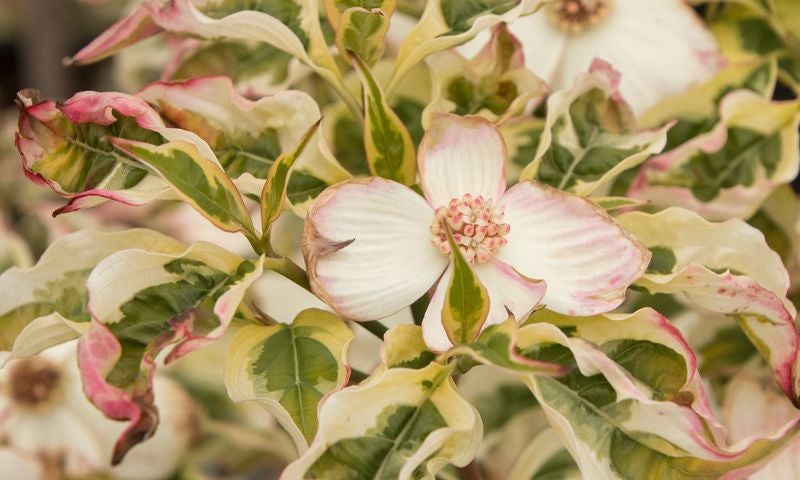 20 Hard-to-Find Spring Flowers & Plants That Look Amazing All Season
20 Hard-to-Find Spring Flowers & Plants That Look Amazing All SeasonIt’s finally beginning to look like spring! If you’re eager to find some unique, hard-to-find varietals to satisfy your spring fever, look here first.
By Caroline Bloomfield
-
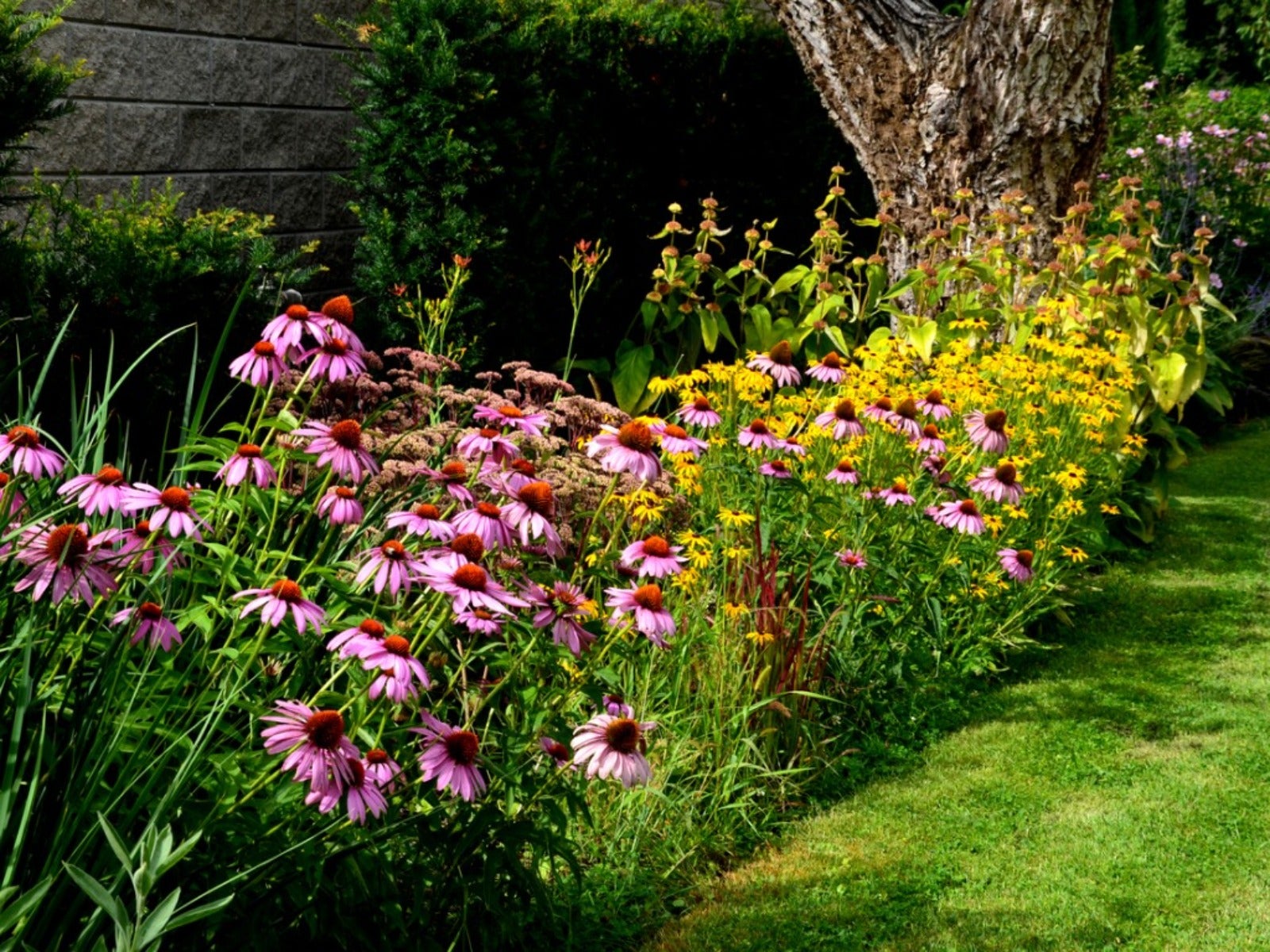 How Wildflower Strips Help Attract Pollinators To Your Yard
How Wildflower Strips Help Attract Pollinators To Your YardIf you have a small garden spot or strip available, fill it with wildflowers for our hungry pollinators. Click to learn more.
By Tonya Barnett
-
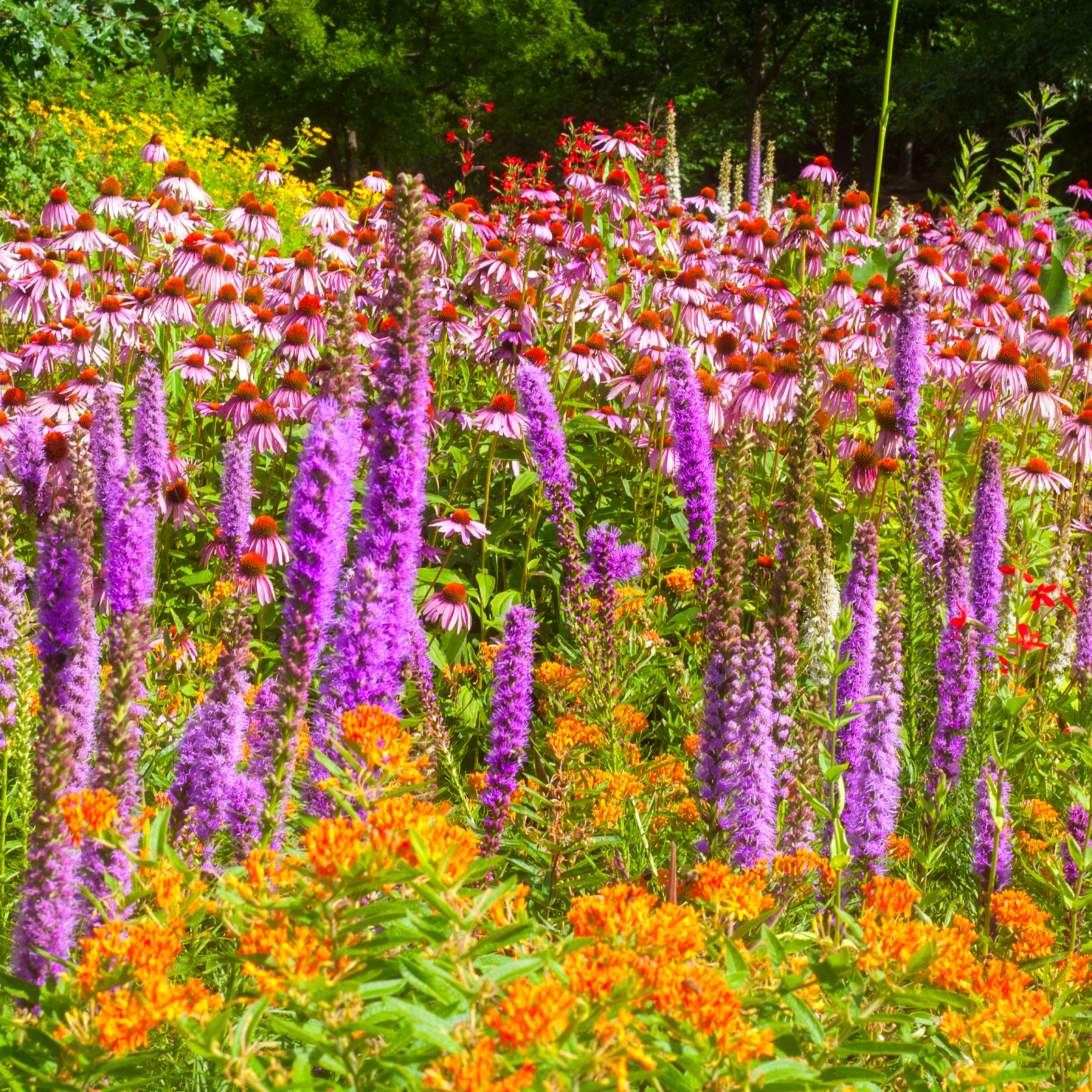 10 Knockout Native Flowers To Add A Punch Of Color To Your Garden
10 Knockout Native Flowers To Add A Punch Of Color To Your GardenGrowing native is the way to go. See our list of ten native wildflowers that will knock you out with color.
By Amy Grant
-
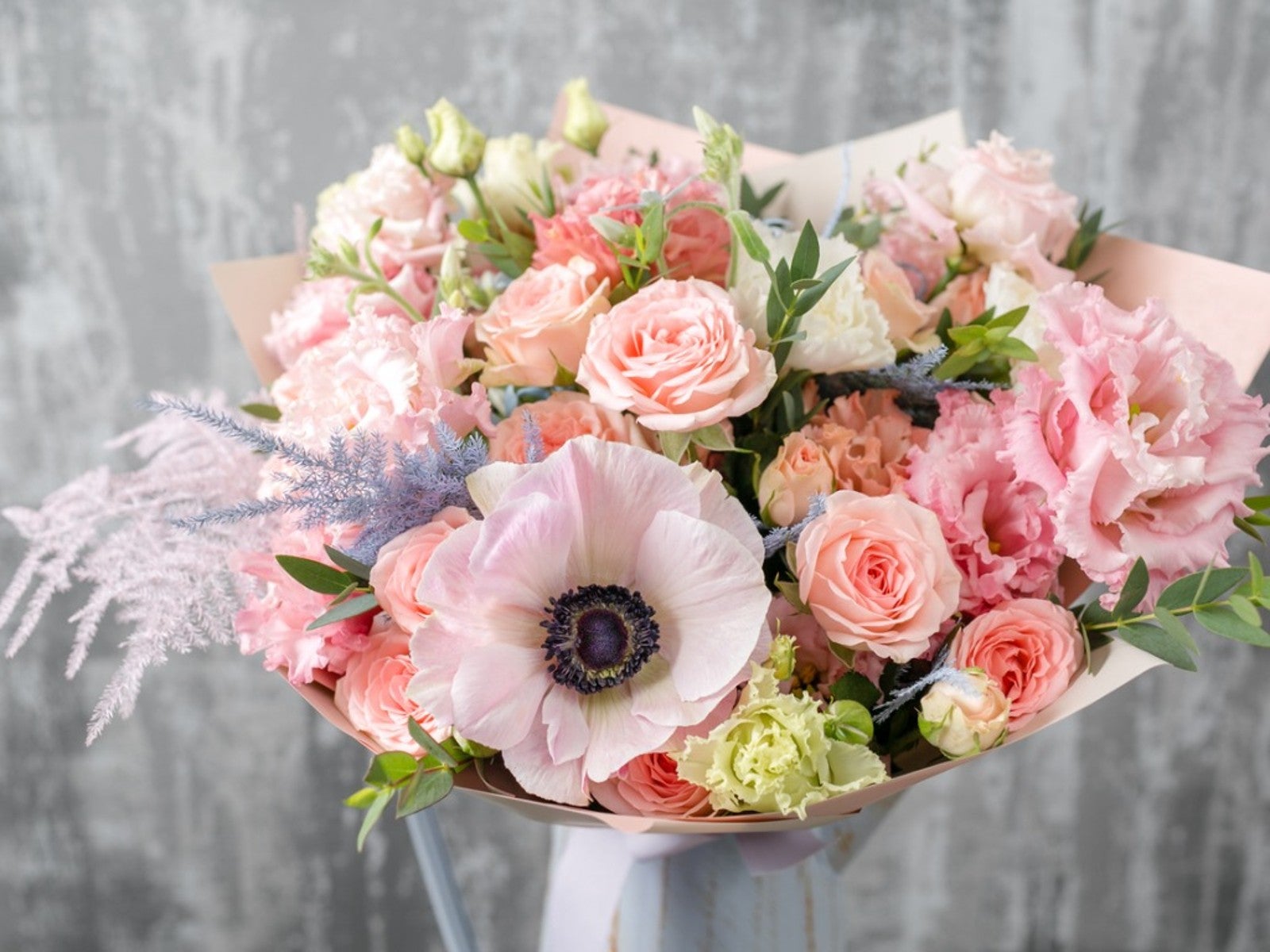 Pretty Plants For A Pastel Flower Bouquet
Pretty Plants For A Pastel Flower BouquetRoses aren’t the only romantic flower. Some romantic pastel flowers can fill in beautifully.
By Tonya Barnett
-
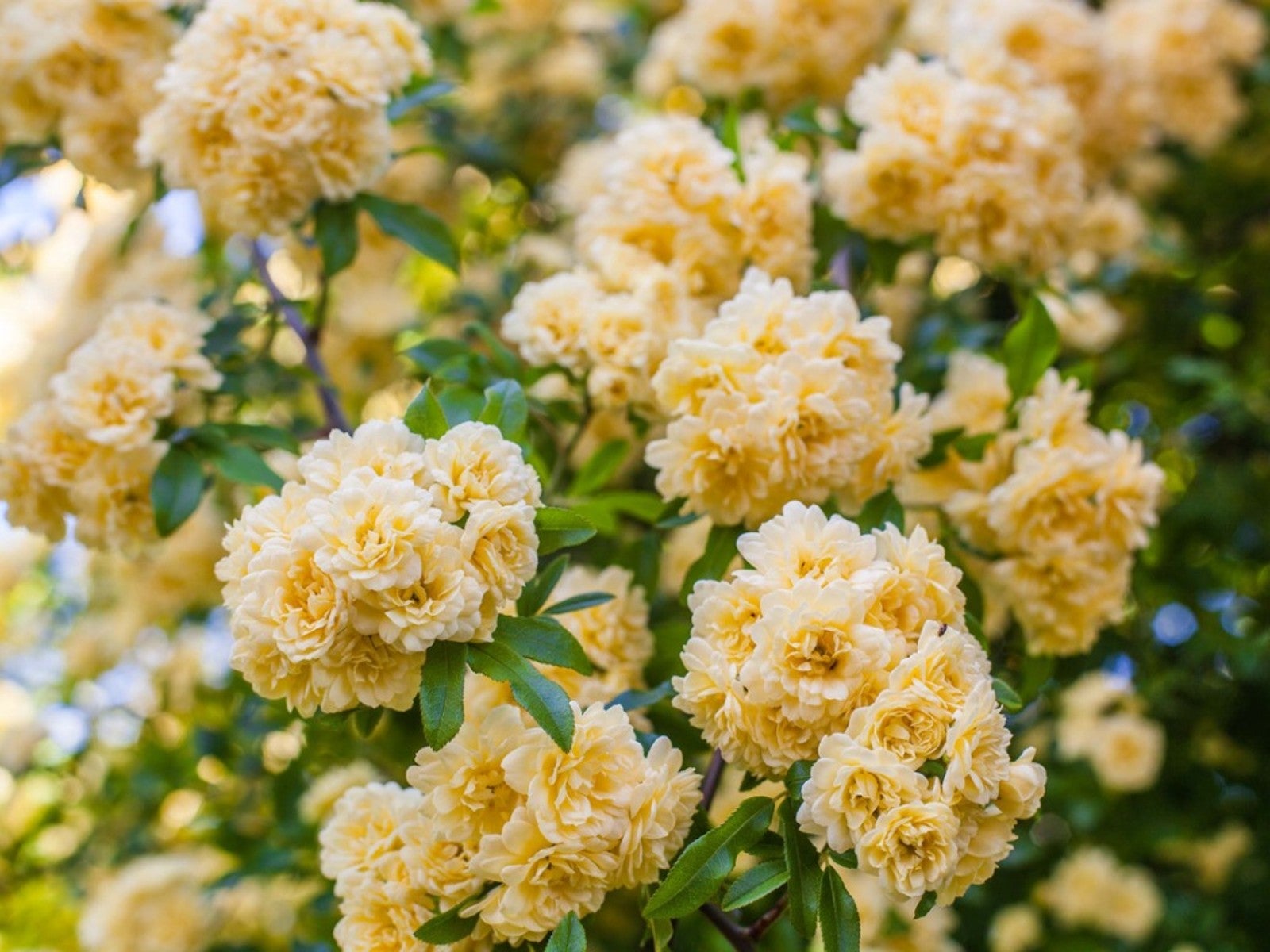 Soft Yellow Plants For A Sunny Pastel Garden
Soft Yellow Plants For A Sunny Pastel GardenClick here for ideas on some pale yellow flower varieties for pastel garden designs.
By Tonya Barnett
-
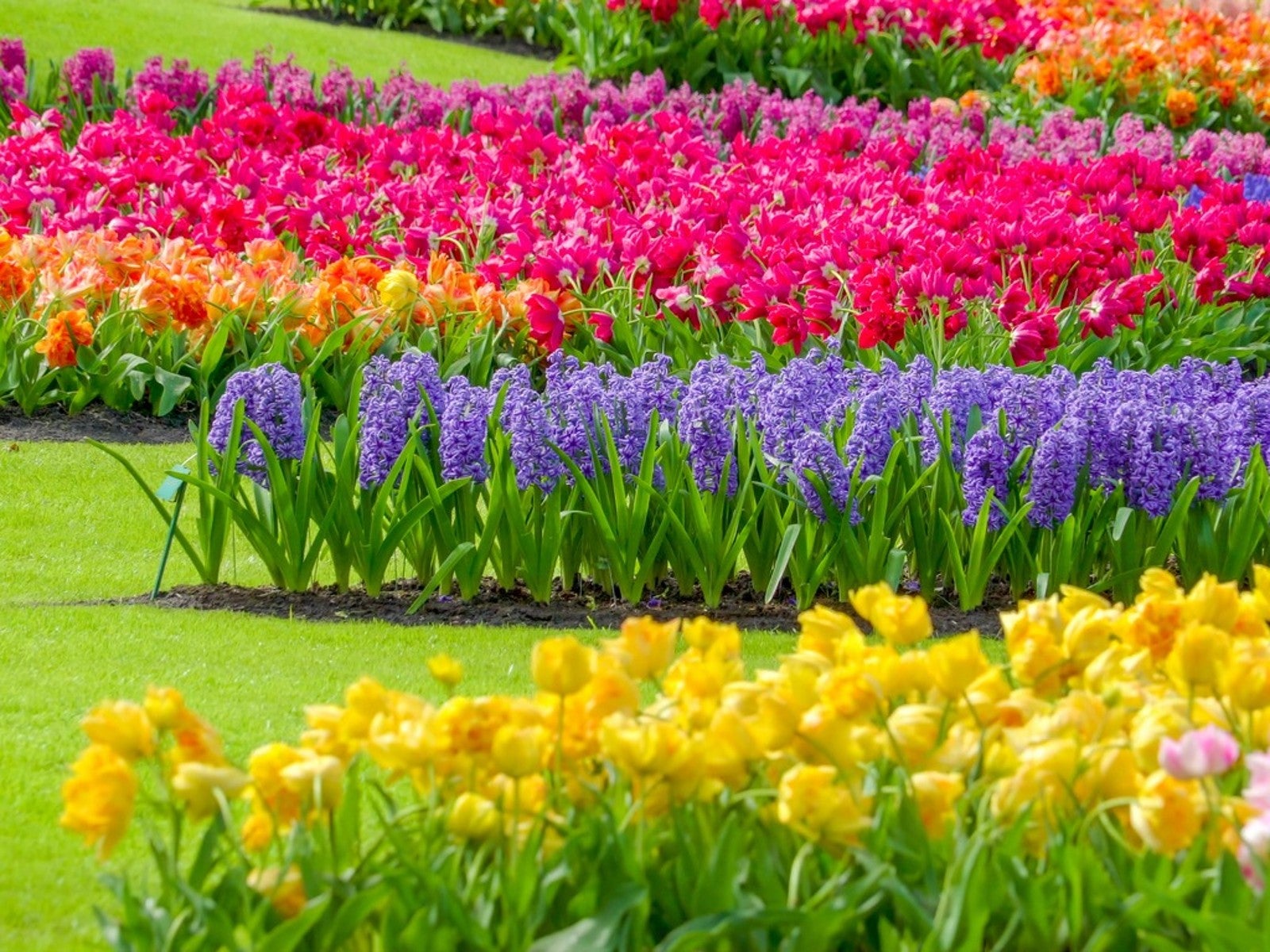 Most Common Flower Color In The World
Most Common Flower Color In The WorldWhat are the most common and least common flower colors in the world? Click here to find out.
By Mary Ellen Ellis
-
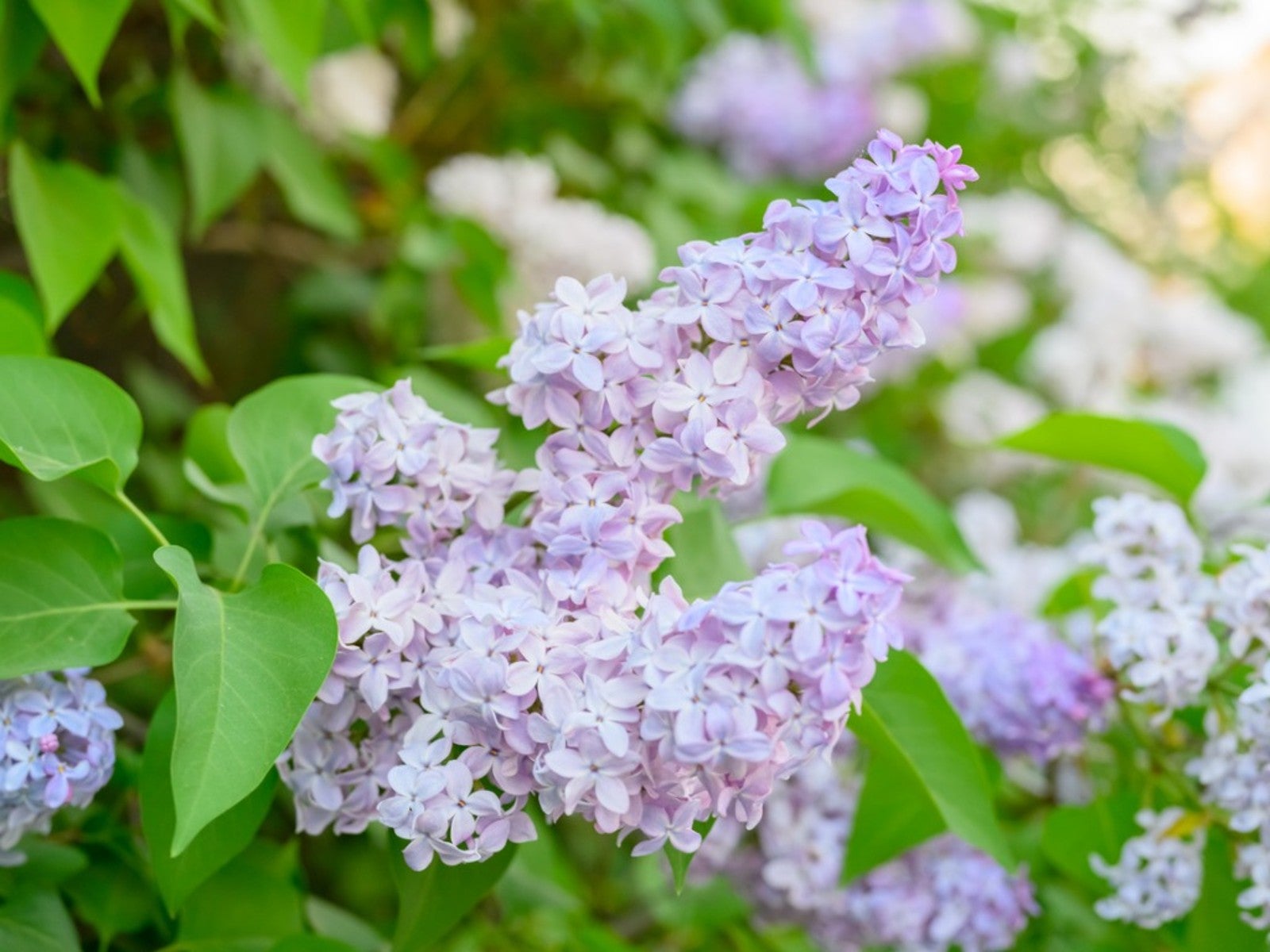 Pastel Plants For A Lovely, Light Purple Flower Garden
Pastel Plants For A Lovely, Light Purple Flower GardenClick here for ideas on some light purple plants for a pretty, pastel garden display.
By Tonya Barnett
-
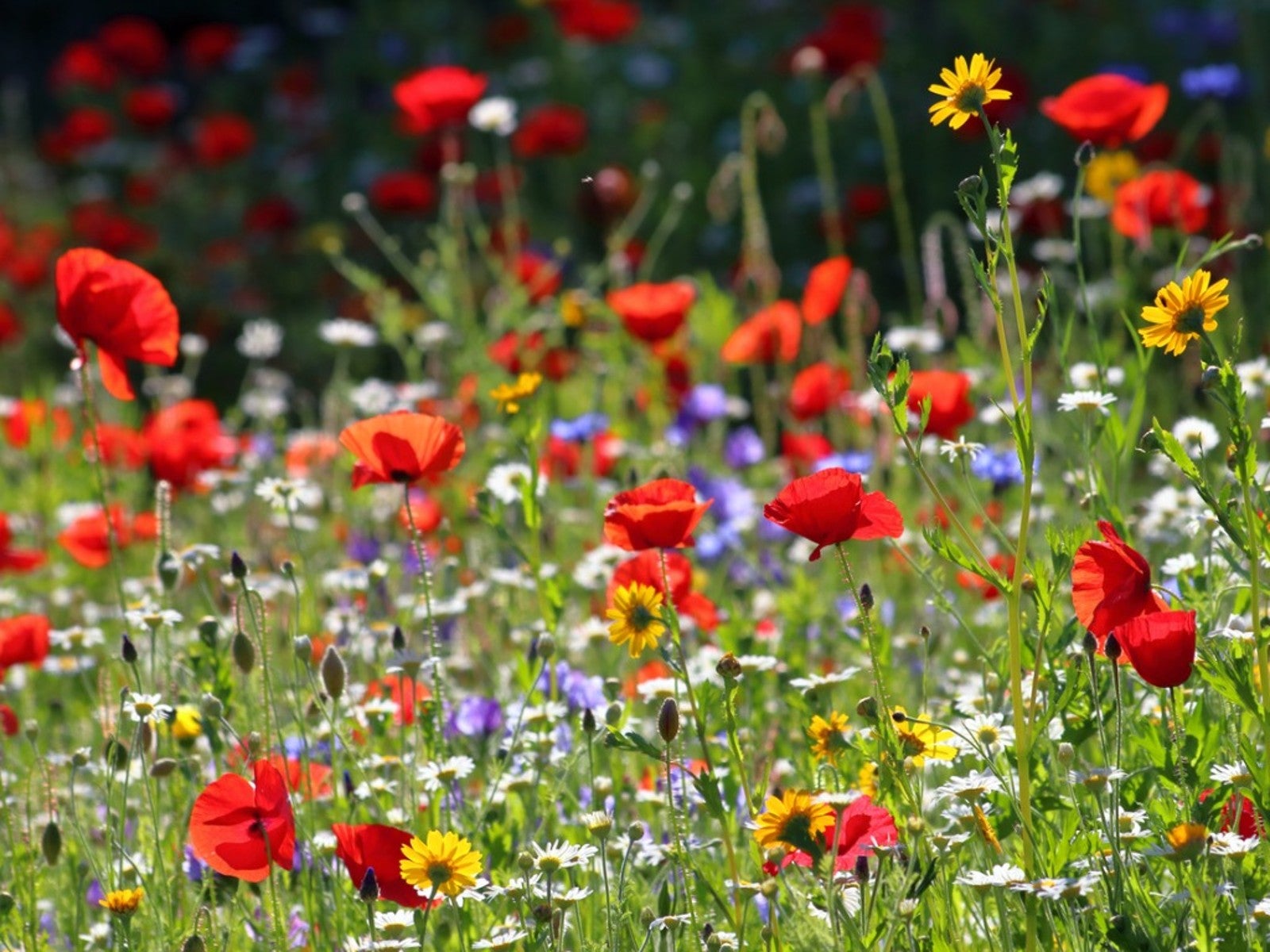 Plant Wildflower Seeds In Fall for A Stunning Spring Display
Plant Wildflower Seeds In Fall for A Stunning Spring DisplayCan you plant wildflower seeds in fall? What makes fall the best time to sow wildflower seeds? Click here for more.
By Tonya Barnett